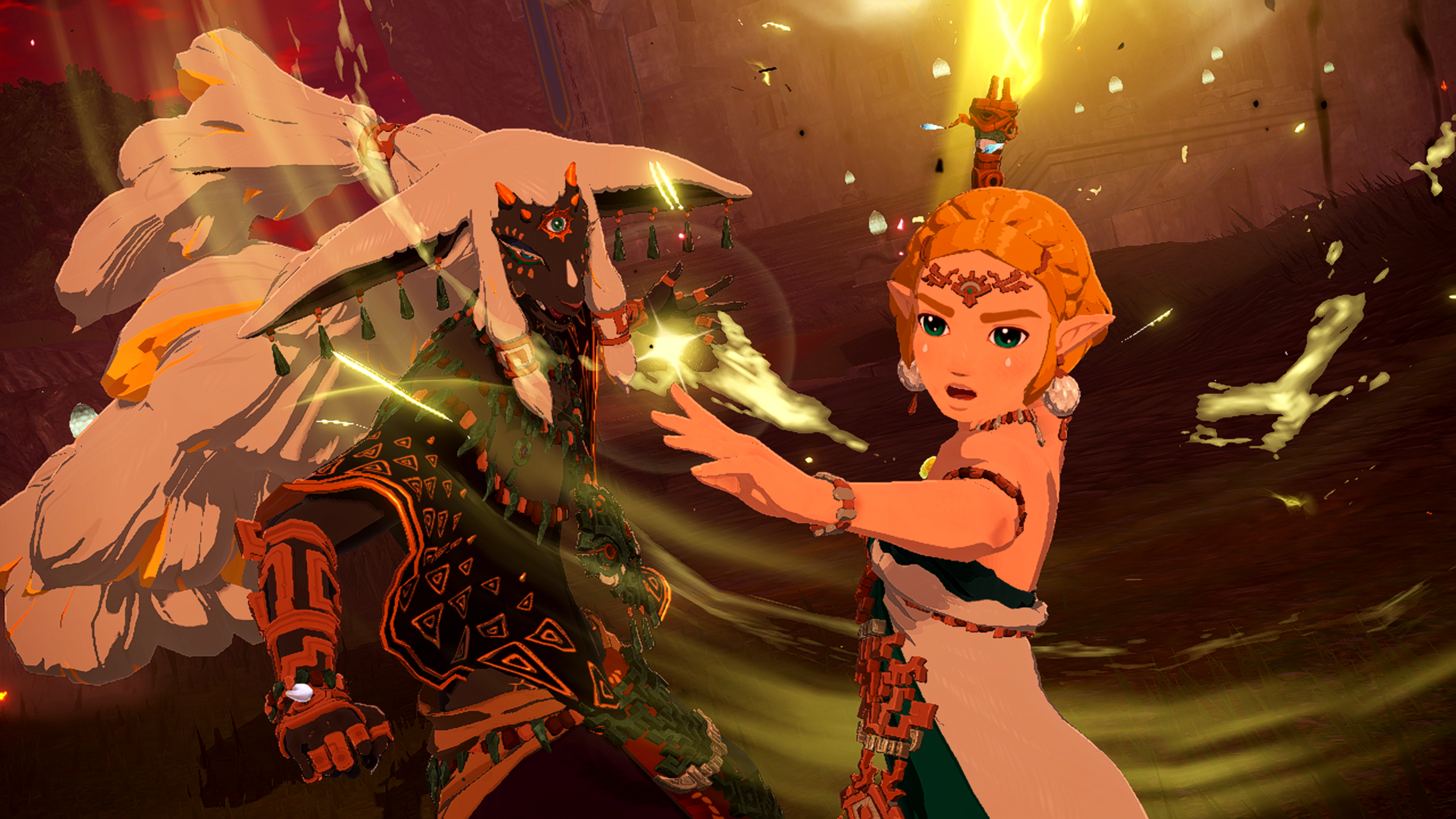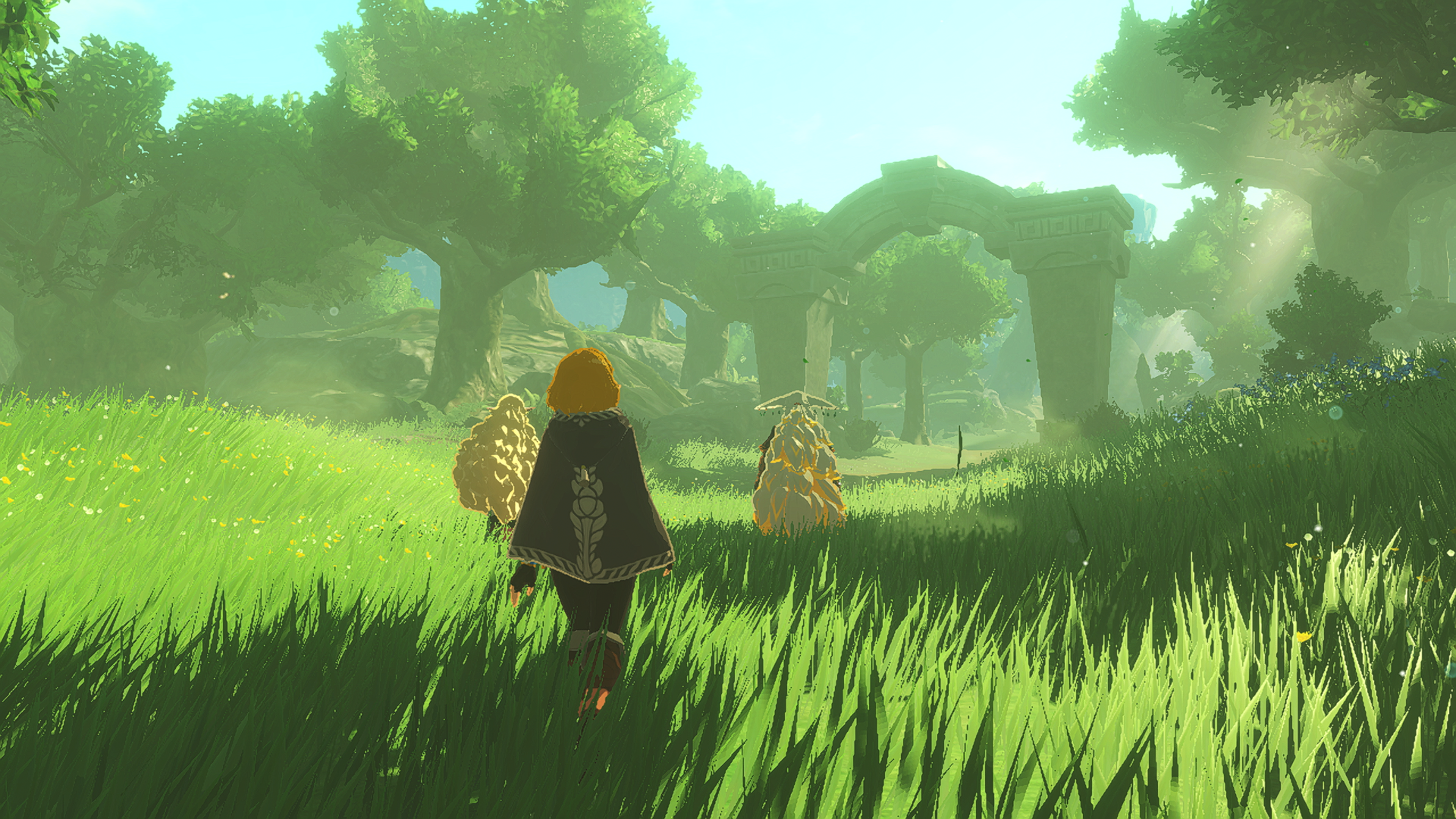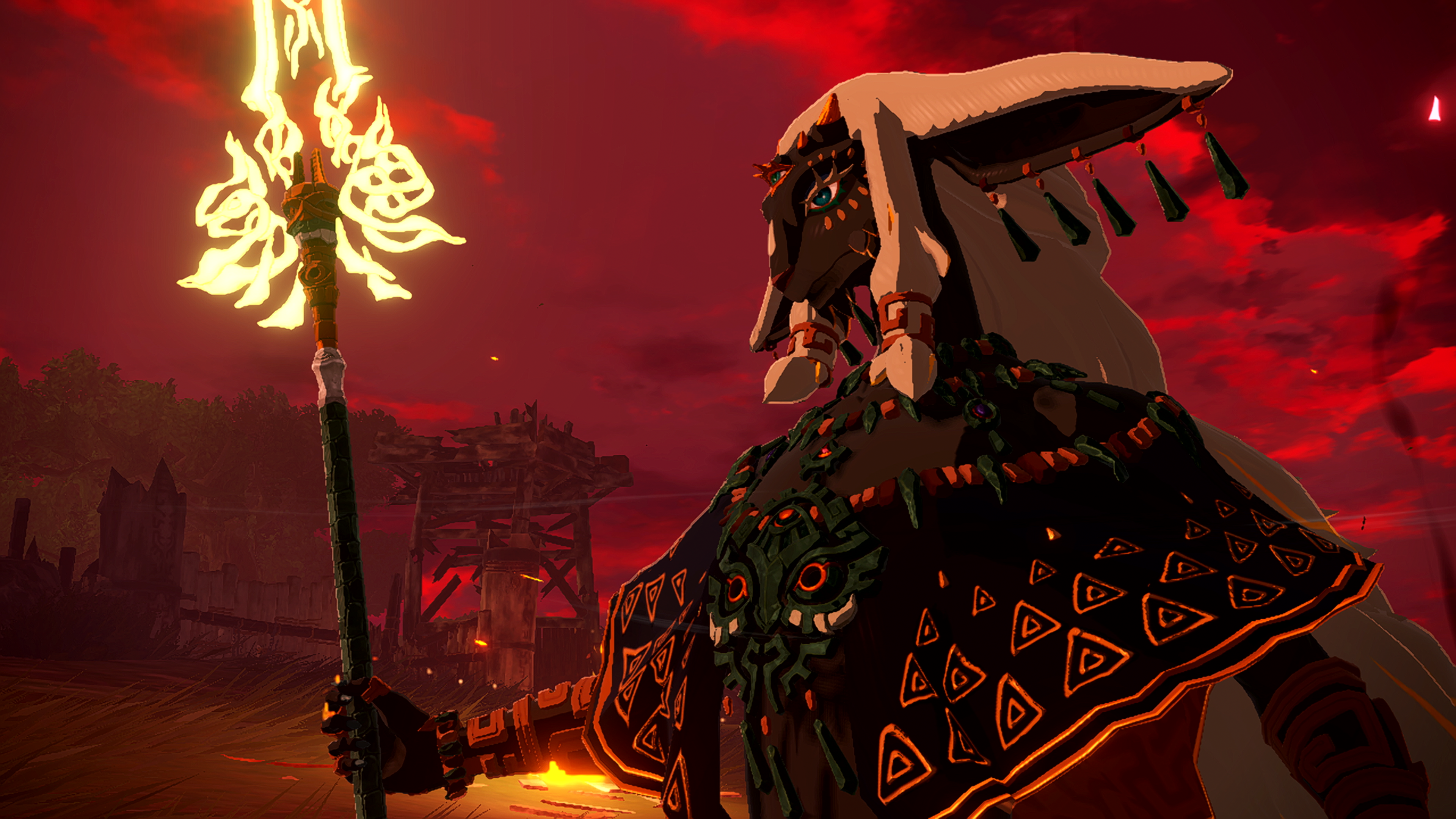Somehow, Hyrule Warriors keeps finding new ways to surprise me. After Age of Calamity’s alternate-timeline chaos, Age of Imprisonment returns to something far more meaningful; this one actually matters. It’s canon, taking place directly within the Tears of the Kingdom timeline, right when Zelda travels back to the past to meet King Rauru and the sages who shaped Hyrule’s earliest days. That alone already gives the game a stronger backbone, but once I started playing, it quickly became clear that there’s more to celebrate than just its story.
I played the single-player demo at a Nintendo event, and the first thing I noticed was how much smoother everything feels. The framerate on Switch 2 is consistent, even with hundreds of enemies on screen. The sluggish frame drops from Age of Calamity are finally gone; even when a sea of enemies floods the field, the game never misses a beat. Here, it all flows, animations, combos, camera work, everything feels refined. It’s still that signature Musou mayhem, but it finally runs like it deserves to. The combat clicks immediately: fast, readable, rewarding.
The section I played followed Zelda, Rauru, and Mineru as they explored a crumbling ruin that quickly turned into a battlefield. Each of them plays completely differently, and that’s where the fun begins. Zelda now wields a blade of pure light alongside her signature light magic and bow. It’s a huge step up from her Sheikah Slate moveset in the previous game, resulting in snappier, cleaner, and visually stunning combat. Guiding Zelda through the dark corners of the ruin felt oddly cinematic. Every swing of her blade cut through the shadows like a moving lantern, each spell casting brief bursts of light that painted the walls gold. It’s all very flashy yet elegant, which is fitting for the Princess.
Rauru, by contrast, is all weight and timing. His spear hits slower but lands like thunder, and when you time a combo right, he clears half a room in one blow. He’s less flashy but deeply satisfying, the kind of character you grow into the longer you play. Mineru might be my personal favorite of the three. Her Zonai gadgets turn every fight into chaos in the best way possible. One of her special combos summons a spiked vehicle that plows through waves of enemies. She’s at her best when you need some targeted crowd control.
What makes this sequel interesting is how it balances destruction with exploration. Between the large-scale fights, the demo introduced slower stretches where I actually had to walk, search, and interact with my surroundings. It’s a small but welcome change that gives the chaos more rhythm. And then there’s the new Sync Attacks, double-character specials that pair two heroes for one cinematic move. Zelda can leap onto Mineru’s Construct to direct its attacks, while Rauru spins his spear in mid-air when paired with her. These team-ups look gorgeous and make you want to experiment with every possible pairing.
Another mechanic that stood out is how the Zonai tools from Tears of the Kingdom are now fully integrated into combat. You can place or carry flame throwers, fans, and shock emitters on the battlefield, using them creatively to clear space or control enemy waves. It feels both natural and chaotic, very “Zelda,” but also distinctly Warriors. The only limitation is battery energy: run out, and your gadget shuts down, forcing you to improvise. It’s small touches like this that add strategy to what’s usually a one-button power fantasy.
Even with just one mission, it’s easy to see how much care went into making Age of Imprisonment feel polished. The new engine on Switch 2 gives the action room to breathe. Particle effects shimmer, lighting feels organic, and the level of enemy density never slows things down. It’s pure comfort for fans of the genre. I’m also happy this Warriors game feels confident about being part of Zelda’s main timeline. After Age of Calamity’s “what if” premise, this one finally ties the threads together, giving context to Zelda’s time in the past and the legends that built the world we know from Tears of the Kingdom.
So far, it feels smoother, smarter, and more confident than ever before. If the rest of the campaign holds this level of pacing and polish, Hyrule Warriors: Age of Imprisonment could easily become the best Warriors title yet, and the first that truly feels essential to Zelda’s story.




